AS landowners confront the challenges of a difficult spring, weed control in paddocks is likely to be well down the list of priorities for many. Many paddocks have been overgrazed in recent weeks and the ground has begun to get dug up.
However, when grass growth does take off, it is crucial to ensure that weeds don’t dominate and further reduce the output of grass across the growing season. Therefore, where weeds exist, it is important to control them as early as possible.
Buttercups, dandelions, docks, plantains are the main problematic weeds in horse paddocks. Even relatively low infestation of these weeds can reduce the amount of grass available. A good control strategy must involve tackling these weeds early.
Best control from any weedkiller is achieved on actively growing young plants sprayed in the spring or early summer before the weeds flower out.
Envy, from Dow AgroSciences was launched last spring. Containing the two potent active ingredients fluroxypyr and florasulam, it is powerful on buttercups, dandelions, plantains, daisies, docks and chickweed in paddocks and hay and silage swards.
Because there are no issues with residues in manure, it is particularly suited to horse paddocks. This can be an important issue where horse manure is used as a nutrient source in gardening.
Envy should be applied at a rate of 2l/ha in 200l of water in established pasture. Keep animals off the pasture for seven days after application. In silage or hay swards, do not cut for at least three to four weeks to ensure full translocation to the root system.
KNOWING YOUR WEEDS
It’s important to know what weeds are present before you can choose a weed killer best to kill them. The main weeds in horse and pony paddocks are buttercups, dandelions, daisies, docks and sometimes thistles.
Buttercups: These can be widespread in paddocks and is some cases totally take over and smother out grass. They are easily identified by their yellow flowers. There are two main types, creeping buttercup and crowfoot (meadow) buttercup. Like many other weeds best control is achieved from spraying before they flower. Creeping buttercup tends to be more common in wet areas of a field.
Plantain: Greater and Ribwort plantain are similar looking plants with the greater plantain having a broader leaf. These are very common in paddocks which are tightly grazed and also on waste ground areas. For some it is regarded as a herb and ideal for horses while to others it’s a weed.
Thistles: Creeping thistles can gradually invade the grass sward and from a small infestation they can become a major problem over a 2-3 year period. Thistles have underground rhizomes that spread out during the season.
Docks: A very common weed and well-recognised. A perennial weed, it can produce a large tap root which can be up to one metre deep. This makes it difficult to cut by topping. More than one spray application will be need to control it.
KEY POINTS
GUIDE TO WEED KILLER
FOR the most effective long-term control of weeds in grassland, it is vital to use a translocated herbicide.
Envy, DoxstarPro, PastorTrio and GrazonPro are formulated to ensure that the chemicals are translocated right down to the root structure of the target weeds which is essential for an effective kill.
Picking the right translocated product to kill the target weeds is the next step. Use the following rule of thumb:
SPOT TREATMENT – a cost-effective solution for
weed control
NETTLES can be a troublesome weed on many stud farms especially, and can grow along hedges and ditches and under railings.
Where infestation is low they can be ideally tackled by knapsack application. The best time to spray these is before they flower. When in flower it can be more difficult to get good control for a number of reasons – the plant is bigger now and it has also switched to a reproductive phase and is concentrating on producing seeds.
So, the recommendation is to tackle these early in the season.
GrazonPro is proven as the ideal and highly cost-effective product for spot treatment for a wide range of weeds. Docks, thistles, nettles, brambles, gorse along with cow parsley and hogweed are among the weeds that it kills.
It is rainfast within two hours and does not affect grass growth. Spray to thoroughly wet the foliage of the weeds, but avoid ‘run-off’. Treated weed patches are rapidly re-colonised by grass.
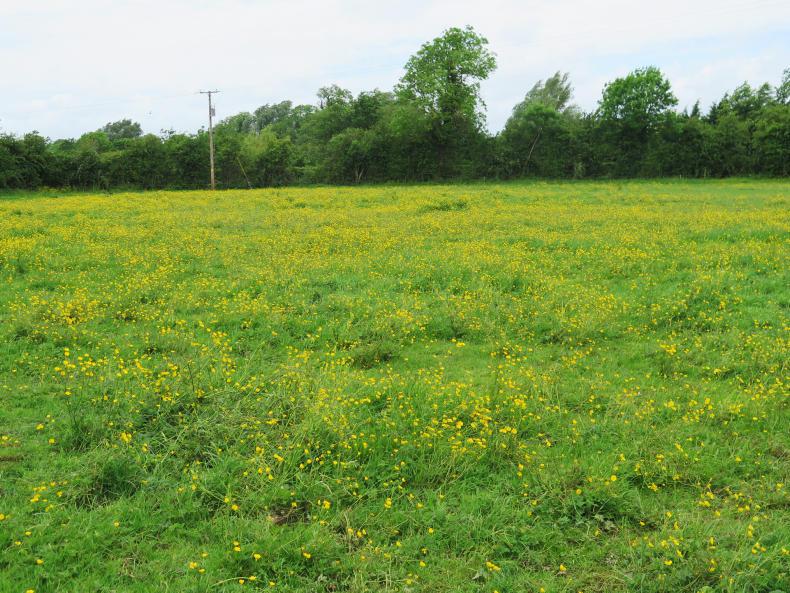

 This is a subscriber-only article
This is a subscriber-only article
 It looks like you're browsing in private mode
It looks like you're browsing in private mode




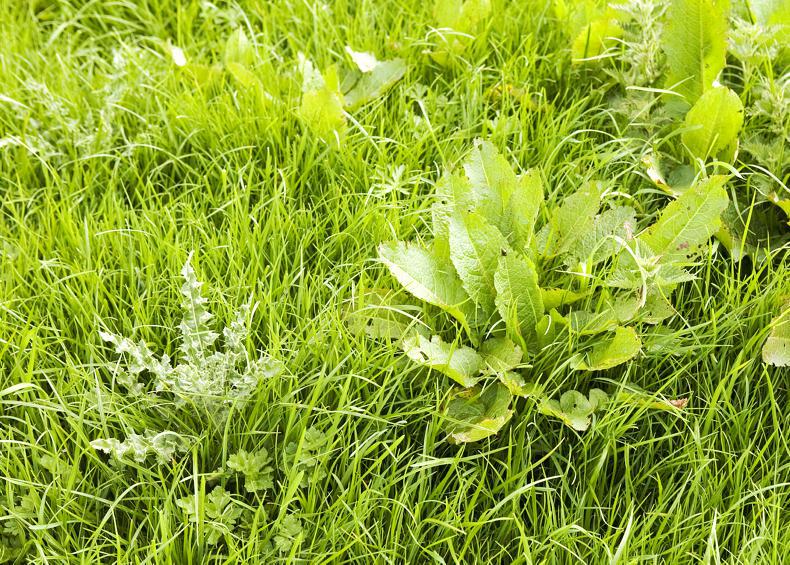

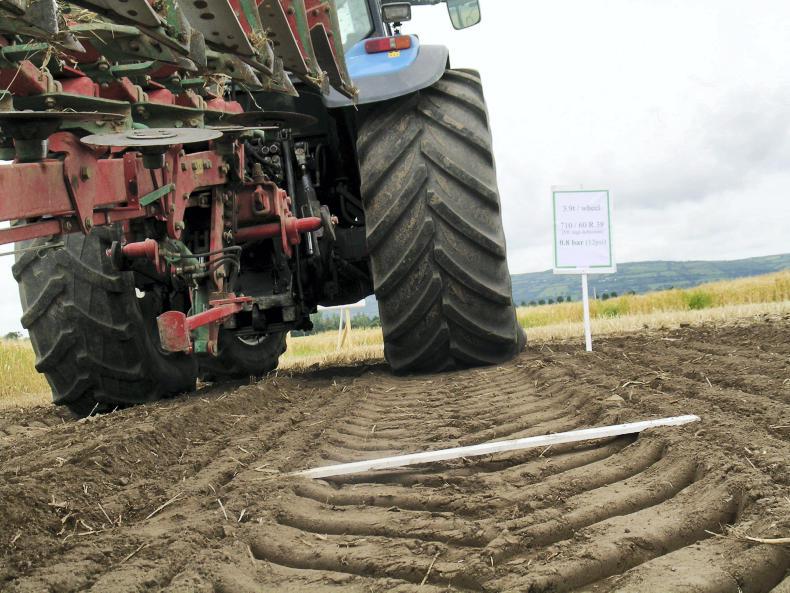

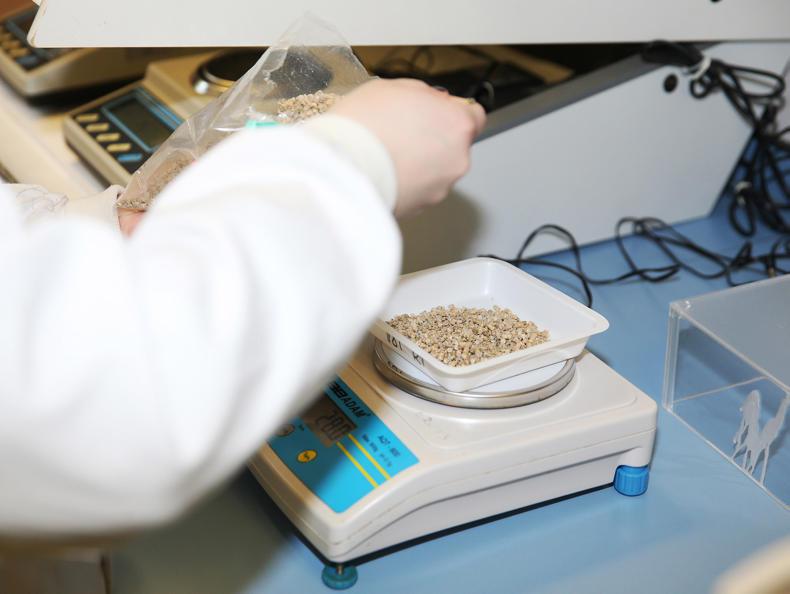
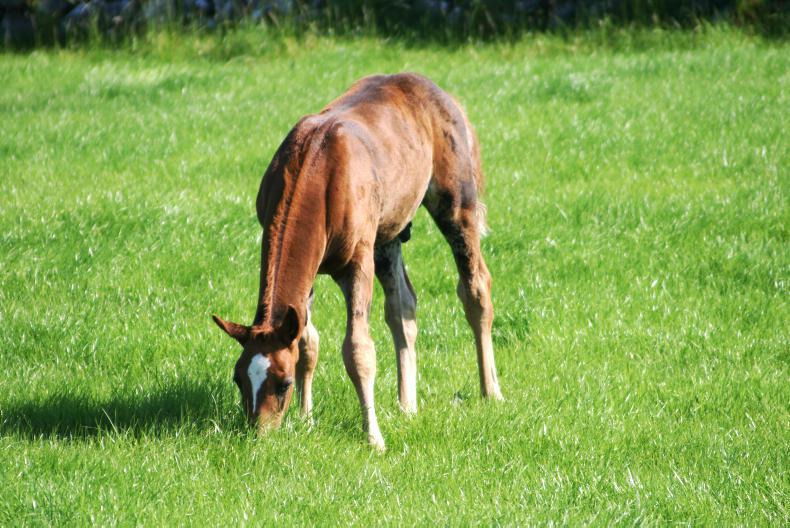

SHARING OPTIONS: